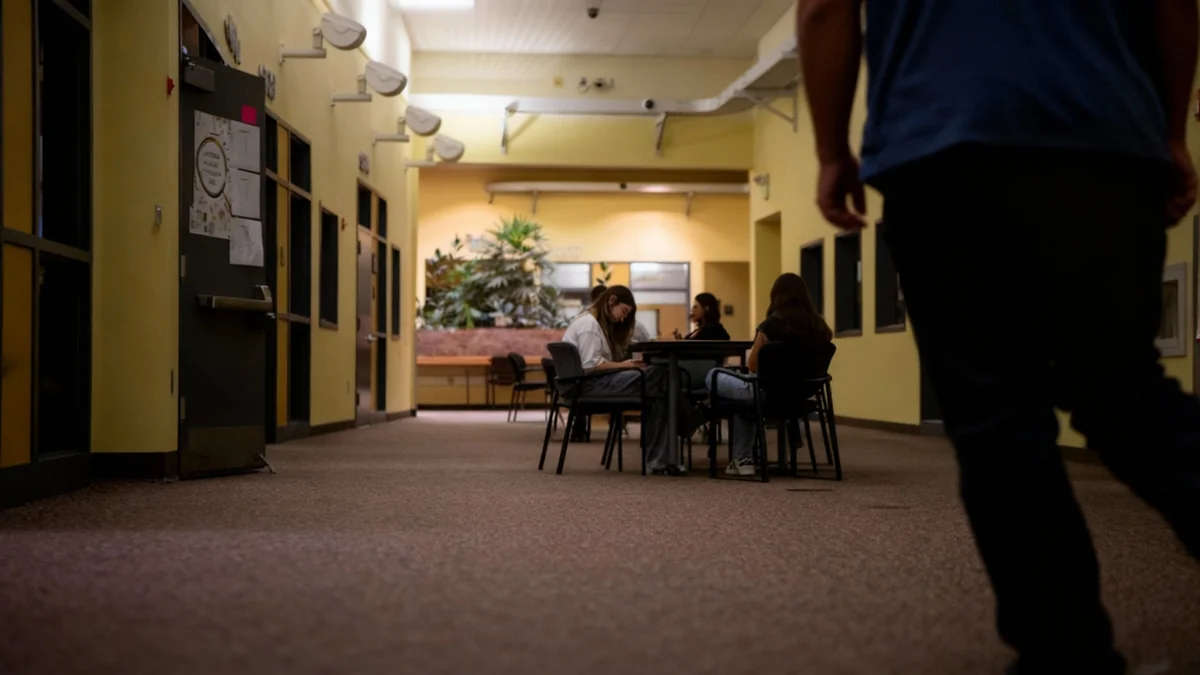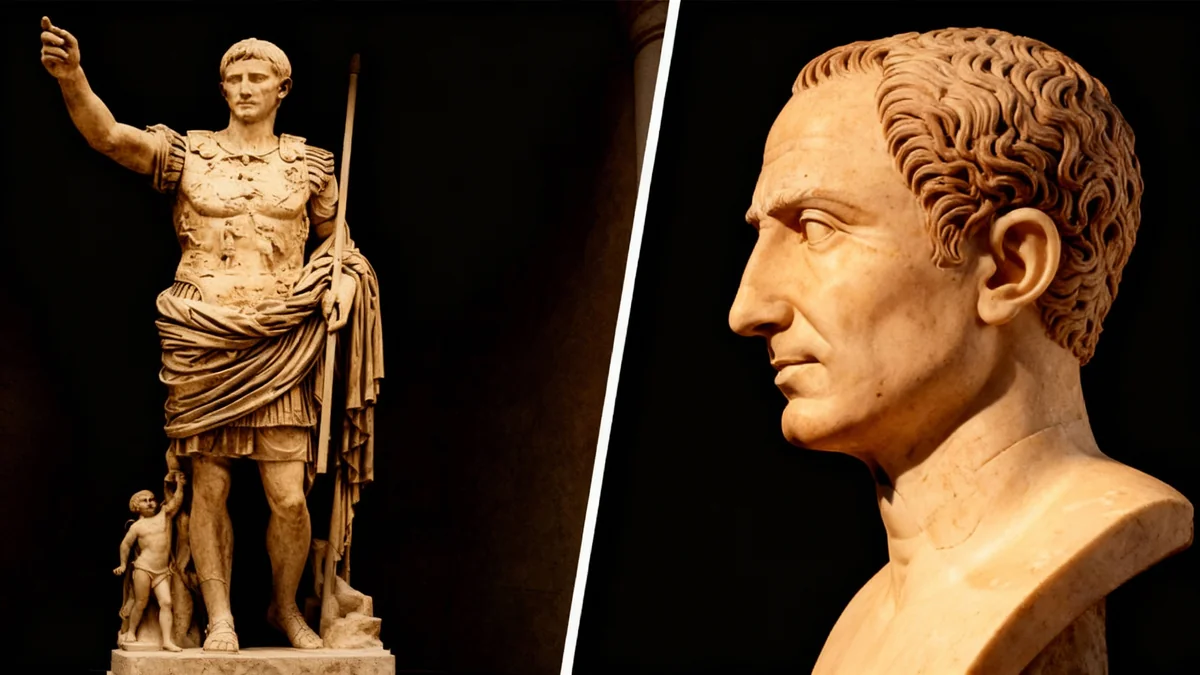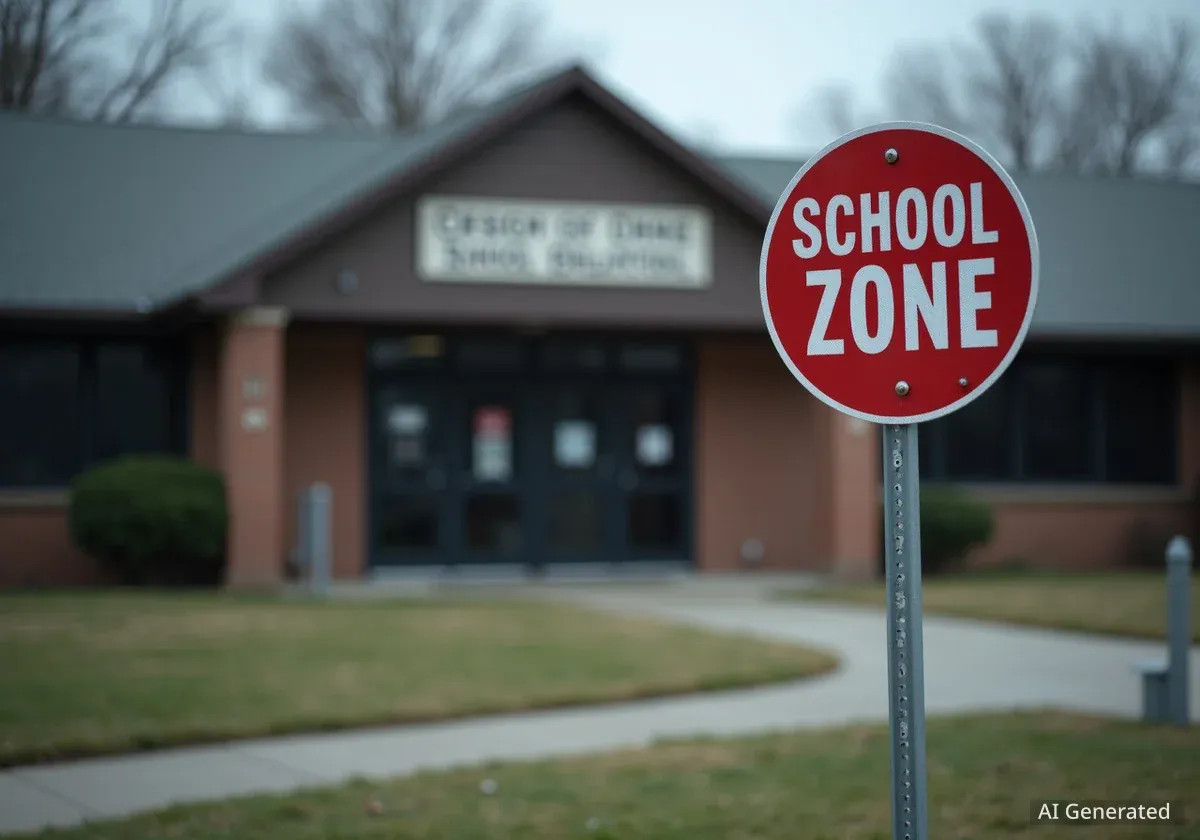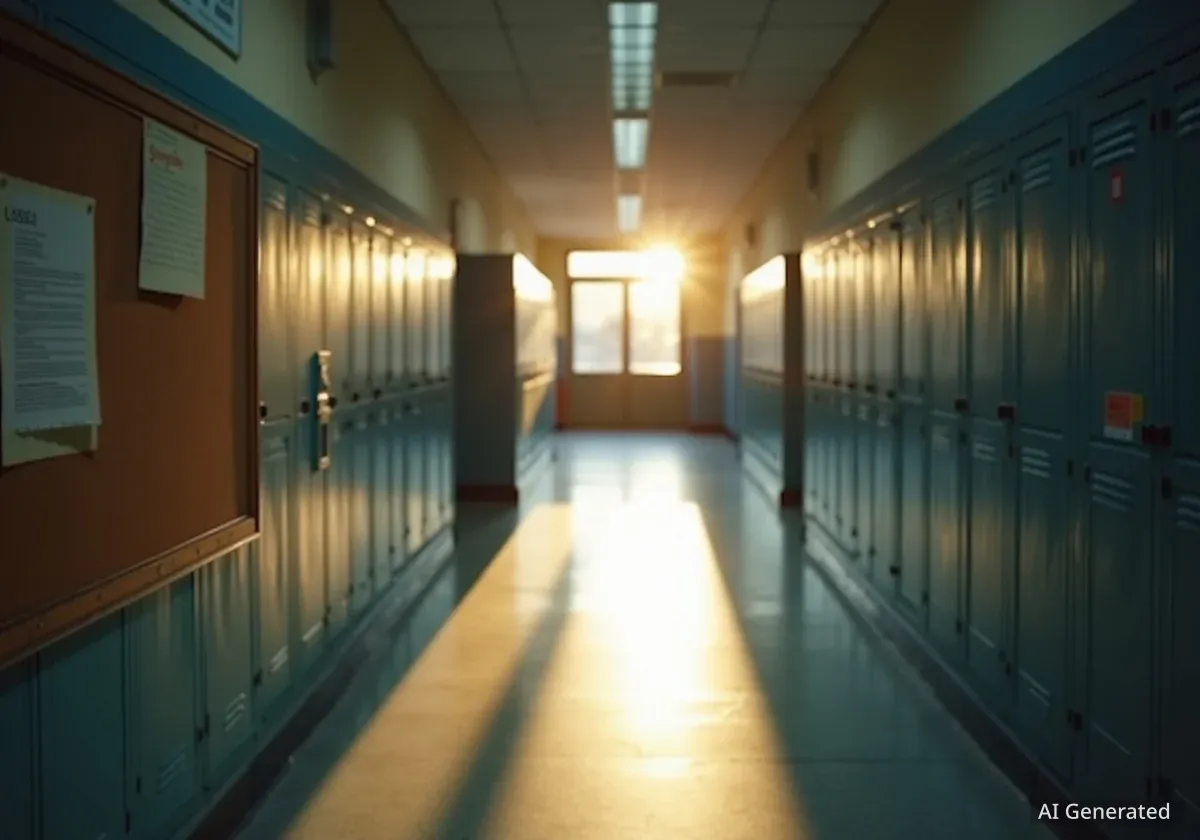California education officials are launching a new initiative to redesign the state's high schools, moving away from a century-old structure that many believe is failing students. With a new $10 million pilot program, the state aims to foster innovative schools that better prepare teenagers for college and careers by focusing on hands-on learning and personal interests.
A key example of this new approach is the Center for Advanced Research and Technology (CART) in Clovis, a public high school that has successfully engaged students for 25 years by integrating career-focused labs with traditional academics.
Key Takeaways
- California is funding a pilot program with $10 million to help school districts redesign high schools.
- The goal is to replace the traditional "factory model" with approaches that offer work experience and tailored academics.
- Schools like CART High in Clovis serve as a blueprint, showing high engagement and academic success.
- State data shows nearly half of 11th graders find traditional school boring, and only 30% are proficient in math.
The Case for Change
For decades, the American high school has followed a familiar pattern: students move from class to class every 50 minutes, guided by bells, with a locker as their main point of contact. But state education leaders say this model is no longer effective.
"We can see from the data that the big, old-fashioned factory model of high school – where students run from class to class with a locker as their only stable point of contact – is not succeeding," said Linda Darling-Hammond, president of the State Board of Education. "We need to overhaul the whole idea of what high school can be."
The statistics paint a concerning picture. According to a recent state survey, nearly half of all 11th-grade students described school as “really boring.” Last year, almost a quarter of them were chronically absent. Academic performance is also a major concern, with just 30% of 11th graders meeting or exceeding grade-level standards in mathematics.
By the Numbers
- 87%: California's high school graduation rate.
- Under 50%: The portion of graduates who completed a college or career preparation track.
- 25%: The percentage of 11th graders who were chronically absent last year.
The state's new pilot program, managed by the California Collaborative for Educational Excellence, will provide grants to districts already exploring alternatives. The winning districts will collaborate and share their findings to inspire a statewide shift toward more engaging and relevant educational experiences.
A Glimpse of the Future at CART High
In Clovis, a school called the Center for Advanced Research and Technology (CART) offers a look at what the future of high school could be. Opened 25 years ago, CART is a joint project between the Clovis and Fresno Unified school districts. It serves 11th and 12th graders who spend half their day at their traditional high school and the other half at CART's specialized campus.
Students at CART choose a focus area, or "lab," such as biotechnology, law and policy, or digital marketing. These labs are three-hour blocks taught by a team of three teachers who weave academic subjects directly into the career-focused curriculum.
"We work really hard to get kids to see the bigger picture of why they’re learning what they’re learning," said English teacher Emily Saeteurn. "We want them to have that ‘aha!’ moment."
For example, in the biotechnology lab, students might read science fiction novels like "The Andromeda Strain" to explore scientific concepts. In the law and policy lab, they might analyze Shakespearean characters like Othello through the lens of a mock trial.
Who Attends CART?
CART was specifically designed to reach students who might be disengaged in a traditional setting. "We weren’t looking for the top students. We were looking for the disengaged kids," explained Staci Bynum, CART's dean of curriculum. "The C kid is going to excel here." Admission is done through a lottery, with over 2,200 students applying for 1,000 spots last year. Nearly 80% of its students come from low-income backgrounds.
The results are impressive. The school reports a near-100% attendance rate and virtually no discipline issues. Academically, over 90% of CART students scored proficient or better on the English portion of the state's standardized test.
Student Voices and Engagement
The difference is felt most strongly by the students themselves. Many report a renewed interest in learning when they can see the direct application of their studies.
Madelyn Quiroga, a senior in the biotechnology class, noted that while she has mediocre grades at her traditional school, she earns all A's at CART. "Here, they actually teach us," she said. "And it’s all stuff we actually want to know, so it sticks in your brain. Like when I hear someone talk about CRISPR... it’s like, ‘Oh, I know something about that.’”
This sentiment is shared by others who feel the environment fosters deeper thinking.
"CART is way better than normal school," said Audrey Riede, an 11th grader in the law class who now wants to become a defense attorney. "The teachers aren’t just trying to get you to pass, they really want to make you think. It’s just a totally different environment."
Overcoming Systemic Hurdles
Despite the success of models like CART, transforming high schools across California faces significant challenges. One major obstacle is the rigid requirements set by higher education institutions.
The University of California and California State University systems have a specific list of required high school courses, known as A-G requirements, for admission. Reform advocates argue that these requirements limit the flexibility schools need to create innovative, interdisciplinary courses that connect to real-world careers.
The Century-Old Standard
Another challenge is the "Carnegie unit," a measure of instructional time developed over a century ago that is still used by nearly all high schools and colleges to award credit. This system measures time spent in a classroom rather than mastery of a subject.
Even the Carnegie Foundation, which created the unit, has advocated for a shift toward competency-based learning. However, colleges have been slow to move away from the time-based credit system they have relied on for decades.
As California moves forward with its pilot program, the experiences of schools like CART will be crucial. Rick Watson, CART's principal, frequently gives tours to educators from around the world hoping to replicate the school's success.
"You have kids in comprehensive high schools everywhere who are falling through the cracks," Watson said. "They’re desperate for a different model of education."





